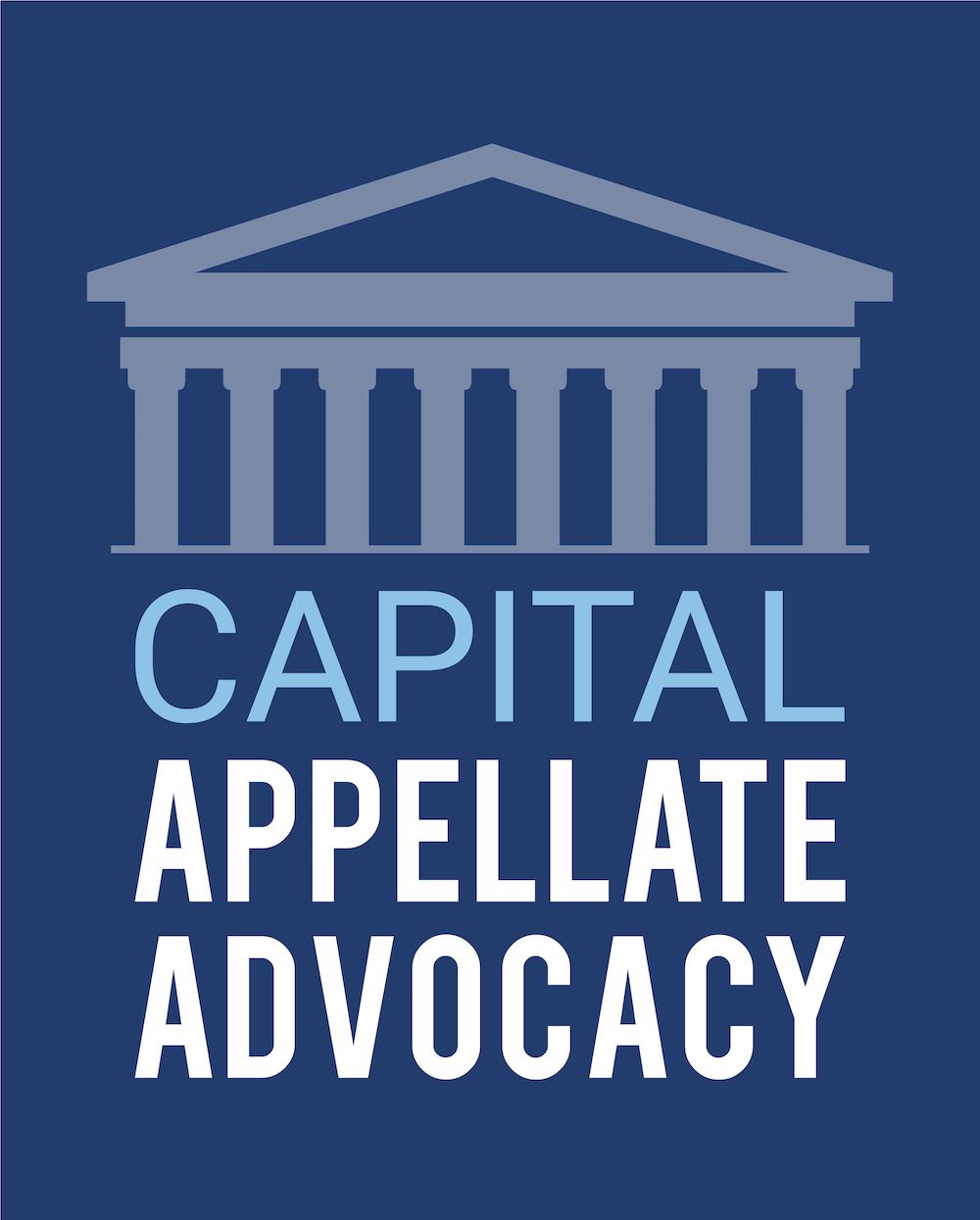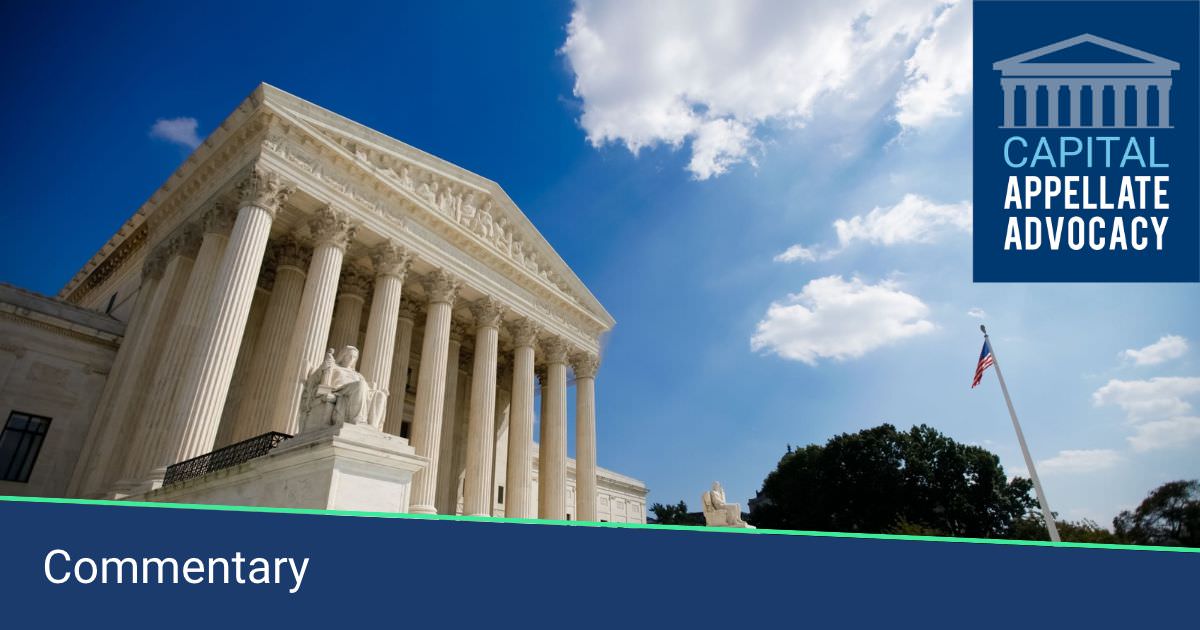Reprinted from Washington Legal Foundation’s Legal Pulse (April 22, 2020)
Last Fall I wrote a Legal Backgrounder for Washington Legal Foundation, The Fuss Over Stare Decisis, that highlighted several October Term 2019 Supreme Court decisions in which the Justices’ debated the criteria for overturning precedent. As the April 20 decision in Ramos v. Louisiana, No. 18-5924, makes clear, the Justices remain divided. And given the unusual alignment of Justices in Ramos, I still wonder whether the Court’s application of stare decisis is truly principled, or whether it is just a case-by-case, result-driven expedient for saving or ditching a controversial, and even wrongly decided, precedent.
The Court held 6 to 3 that the Sixth Amendment bars states (Louisiana and Oregon) from allowing a non-unanimous jury to convict a defendant of a serious offense. In so holding, the Ramos majority overturned Apodaca v. Oregon, 406 U.S. 404 (1972), a decision which Justice Gorsuch, writing for the Court, described as a “badly fractured set of opinions.” According to Justice Gorsuch, “[e]ven if we accepted the premise that Apodaca established a precedent, no one on the Court today is prepared to say that it was rightly decided, and stare decisis isn’t supposed to be the art of methodically ignoring what everyone knows to be true.”
Justice Sotomayor, concurring in part, indicated “this is not a case where we cast aside precedent ‘simply because a majority of this Court now disagrees with’ it.” Arguing that “Apodaca was on shaky ground from the start,” she cited precedent explaining that “[t]he force of stare decisis is at its nadir in cases concerning [criminal] procedur[e] rules that implicate fundamental constitutional protections.”
Justice Kavanaugh, also concurring in part, wrote separately to “explain [his] view of how stare decisis applies in this case.” His lengthy opinion provides “many examples demonstrat[ing] that the doctrine of stare decisis does not dictate, and no one seriously maintains, that the Court should never overrule erroneous precedent.” He listed, in bullet form, “[t]he stare decisis factors identified by the Court in its past cases.” But he contended that “the Court has articulated and applied those various individual factors without establishing any consistent methodology or roadmap for how to analyze all of the factors taken together.” In Justice Kavanaugh’s view, “that muddle poses a problem for the rule of law and for this Court.” He suggested that the “varied and somewhat elastic stare decisis factors fold into three broad considerations”:
- “[I]s the prior decision not just wrong, but grievously or egregiously wrong?”
- “[H]as the prior decision caused significant negative jurisprudential or real-world consequences?”
- “[W]ould overruling the prior decision unduly upset reliance interests?”
Justice Kavanaugh believes that these “three considerations together provide a structured methodology and roadmap for determining whether to overturn an erroneous constitutional precedent.”
Justice Thomas, concurring only in the judgment, repeated his prior view that stare decisis “elevates demonstrably erroneous decisions . . . over the text of the Constitution and other duly enacted federal law.”
Justice Alito’s dissenting opinion laments that “[t]he doctrine of stare decisis gets rough treatment in today’s decision.” According to Justice Alito, “[l]owering the bar for overruling our precedents, a badly fractured majority casts aside an important and long-established decision with little regard for the enormous reliance the decision has engendered.” More specifically, “[u]nderstandably thinking that Apodaca was good law, the state courts in Louisiana and Oregon have tried thousands of cases under rules that allow such [non-unanimous] verdicts. But today, the Court does away with Apodaca and, in so doing, imposes a potentially crushing burden on the courts and criminal justice systems of those States . . . and even suggests that the States should have known better than to count on our decision.”
As in the Supreme Court’s other recent decisions that consider whether a precedent should be overturned, the general principles governing stare decisis seem reasonably clear. But as Justice Kavanaugh’s separate opinion in Ramos suggests, the way that the Court has applied these principles from case to case is difficult to reconcile. This simply may mean that well-established stare decisis principles need to be applied on a case-by-case basis, and as a result, the outcomes will vary. Or as I suspect, the doctrine, even with Justice Kavanaugh’s helpful proposed consolidation of stare decisis factors, will continue to be flexible enough to justify individual Justices’ views on whether a particular precedent that he or she believes was wrongly decided, or is out of touch with today’s world, should be scuttled.

